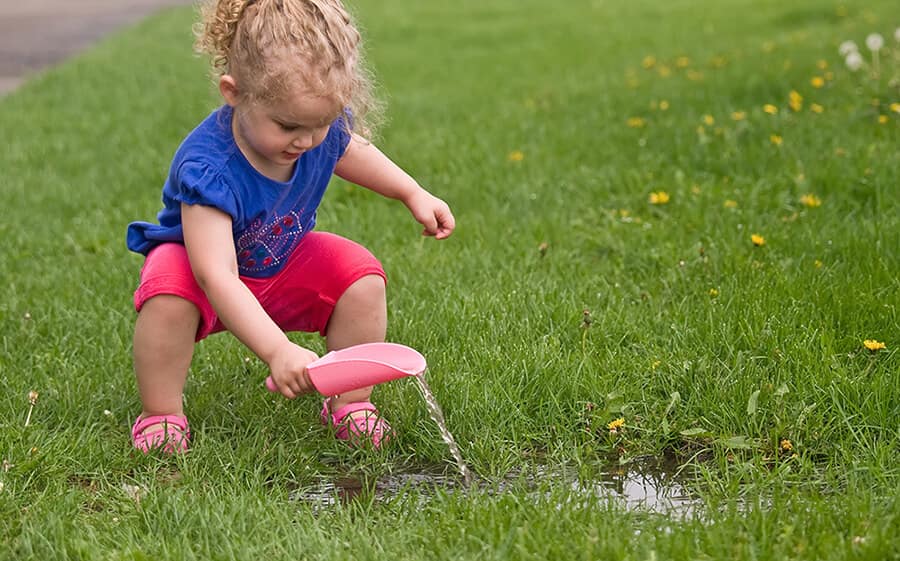Your Residential Most Typical Leak Triggers: Analysis
Your Residential Most Typical Leak Triggers: Analysis
Blog Article
We have encountered the article involving How Fast Water Damage Can Ruin Your Home below on the web and believe it made sense to talk about it with you here.

Leakages not only trigger waste of water but can also trigger unnecessary damage to your house and advertise undesirable natural development. Water leaks could go unnoticed since many of the pipework in our home is concealed. By looking and comprehending for everyday circumstances that create leaks, you can shield your home from future leaks and also unnecessary damage. Today, we will certainly consider six leak triggers that might be triggering your pipelines to trickle.
Elbowing in origins
The majority of water leakages begin outside the house instead of inside it. If you notice an unexpected decline in water pressure, claim in your faucet, take some time to go out and also examine your backyard. You may discover damp patches or sinkholes in your backyard, and that could indicate that tree roots are getting into water lines causing water to leak out. You can have your plumber look for invasion, specifically if you have trees or shrubs near your home.
Rusty water supply
As time goes by, your plumbing system ages and also deterioration such as corrosion may start eating away the pipelines. This could be the source of staining or warping on your pipes. This asks for an assessment with your plumber quickly. Consider changing the pipelines because they are at a greater danger of corrosion than the more recent designs if our plumbing system is old.
Faulty Pipeline Joints
Pipeline joints can wear away over time, resulting in water leaks. If you have noisy pipes that make ticking or banging sounds, specifically when the hot water is transformed on, your pipeline joints are probably under a lot of pressure.
Immediate temperature level adjustments.
Extreme temperature modifications in our pipelines can trigger them to broaden and contract all of a sudden. This development and also contraction may cause splits in the pipelines, especially if the temperature are listed below freezing.
Poor Water Connectors
At times, a leakage can be triggered by loose tubes as well as pipes that supply your home appliances. Most of the time, changing is what triggers the loosened water Links. You may discover in the case of a cleaning device, a hose pipe might spring a leakage as a result of trembling during the spin cycle. In case of a water links leak, you might see water running straight from the supply line or pools around your home appliances.
Clogged Drains
Blocked drains pipes may be frustrating and inconveniencing, however they can occasionally wind up causing an overflow resulting in rupture pipelines. Maintain getting rid of any kind of materials that might drop your drains pipes that could clog them to avoid such troubles.
All the above are sources of leakages but not all water leakages arise from plumbing leakages; some leaks may come from roof leakages. All leakages ought to be repaired immediately to stay clear of water damage.
Leaks not just trigger waste of water however can additionally cause unneeded damages to your house and also advertise undesirable organic growth. By understanding and also looking for daily scenarios that trigger leakages, you can shield your residence from future leakages and unnecessary damages. Today, we will look at six leak causes that may be creating your pipes to leak.
At times, a leakage can be caused by loose tubes and pipes that provide your devices. In case of a water connections leakage, you might notice water running directly from the supply line or puddles around your home appliances.
How To Check For Water Leak In Your Home
How To Check for Leaks
The average household's leaks can account for nearly 10,000 gallons of water wasted every year and ten percent of homes have leaks that waste 90 gallons or more per day. Common types of leaks found in the home are worn toilet flappers, dripping faucets, and other leaking valves. These types of leaks are often easy to fix, requiring only a few tools and hardware that can pay for themselves in water savings. Fixing easily corrected household water leaks can save homeowners about 10 percent on their water bills.
To check for leaks in your home, you first need to determine whether you're wasting water and then identify the source of the leak. Here are some tips for finding leaks:
Take a look at your water usage during a colder month, such as January or February. If a family of four exceeds 12,000 gallons per month, there are serious leaks.
Check your water meter before and after a two-hour period when no water is being used. If the meter changes at all, you probably have a leak.
Identify toilet leaks by placing a drop of food coloring in the toilet tank. If any color shows up in the bowl after 10 minutes, you have a leak. (Be sure to flush immediately after the experiment to avoid staining the tank.)
Examine faucet gaskets and pipe fittings for any water on the outside of the pipe to check for surface leaks.
Undetected water leaks can happen without the home or business owner even realizing. If you suspect a water leak, but not able to find the source. It is time to contact a professional water leak detection service, The Leak Doctor.
How To Find a Water Leak In Your Home
https://www.leakdoctor.com/blog/How-To-Check-For-Water-Leak-In-Your-Home_AE197.html

I discovered that piece on Common Water Leaks In House when doing a search on the internet. Be sure to take the opportunity to promote this blog entry if you appreciated it. I treasure reading our article about Top Causes of Home Water Leaks.
Avoid disaster, Call us! Report this page